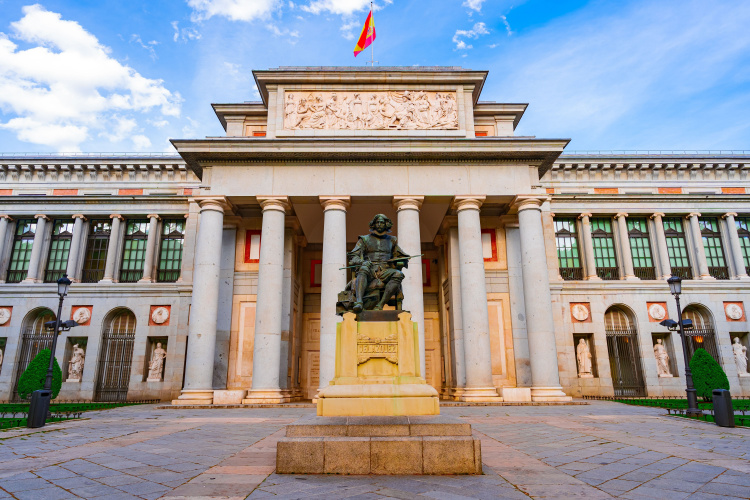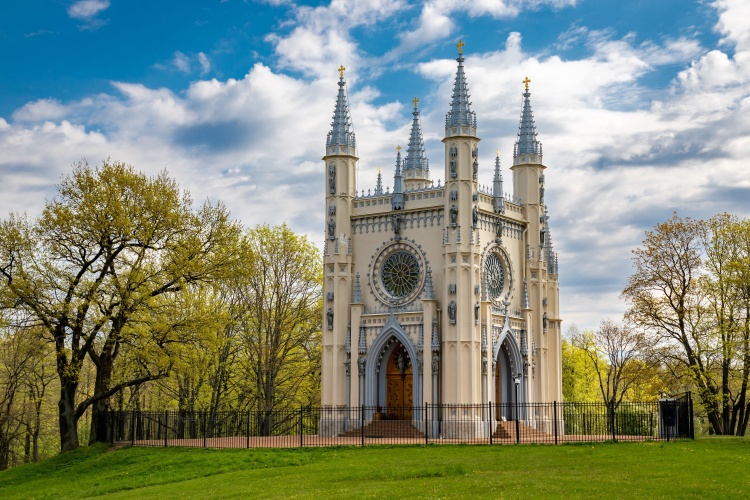Museums You Must Visit in Europe
Museums are known all over the world as unique places where unique works are exhibited and cultural travel is carried out for centuries, even millennia. Museums, where a wide variety of works are exhibited, from archaeological ruins to modern art, paintings, and sculptures, are considered the common heritage of all humanity. Let’s get to know the museums in European countries, which are very rich in museums, that will fascinate you with their unique designs before you even enter them.
The World’s Largest Art Museum: Louvre Museum
Although the Louvre Museum, located east of the Seine River, was built as a castle in the 12th century, it has been used as a museum since 1793. The museum, which has a very rich collection, has eight main themes: Egyptian, Greek, Roman, Etruscan, Islamic Arts, Near East, Sculpture and Decorative Arts.
The Louvre Museum is so large that even if you examine each work for 30 seconds, you may need 100 days to finish all the work. The first work that comes to mind when the Louvre Museum is mentioned is the Mona Lisa painting, which Napoleon once had hung in his bedroom.
For the Affluent Monet Collection: Musée Marmottan-Claude Monet
The museum, where portraits, furniture, carpets, and bronze objects are exhibited in addition to the oil paintings of the French painter Claude Monet, a representative of the Impressionism movement, bears various traces from the Middle Ages and the Renaissance period. The building, which was opened as a museum in 1934, is a villa from the Empire II. period that is located in a lush garden. The most famous work in the museum is Monet’s work called Impression, Sunrise. Although the work was stolen from the museum in 1985, it was found and returned to the museum in 1991.
A Museum Built in Neoclassical Style: Museo del Prado

Located in Madrid, the capital of Spain, the Prado Museum was built in neoclassical style. The museum’s selection includes paintings, sculptures, antique items, and sketches. In the museum, which is frequently visited by those who go to Madrid, you can see the works of Spain’s master artists Zurbaran, Goya, and El Greco. The museum generally contains works of art produced between the 12th and 20th centuries.
Jacob’s Dream, Las Meninas and The Three Graces paintings are among the works worth seeing in the museum, which was further expanded by the merger of the Trinidad Museum and the Museum of Modern Arts. When you go to Spain, you can choose this place as the first stop of the Paseo del Arte.
Museum Where More Than Three Million Artifacts Are Exhibited: The Hermitage Museum
Imagine a museum that hosts more than three million works from the Stone Age to the 20th century. Yes, you heard it right! The Hermitage Museum in St. Petersburg, Russia, attracts attention with its affluent collections. The museum, which consists of six buildings lying side by side along the Winter Palace and the Neva River, exhibits the works of masters such as Da Vinci, Picasso, Rembrandt, and Van Gogh. Jewelry from the Ancient Greek and Scythian periods, the Knight’s Hall and the Da Vinci Room can be said to be the most remarkable works to see in the museum.
Museum Where the Rosetta Stone is Exhibited: British Museum
The British state, which purchased the belongings of a British nobleman who died in 1753, opened the museum after approximately three years of work. Arguably the most striking artifact in the museum is the Rosetta Stone, which helps solve the secret of Egyptian hieroglyphs. The stone, which was discovered in 1789 and brought to the museum, also contains Ancient Greek translations of the parts written in hieroglyphs and Egyptian folk language. The stone enabled important developments in this field by deciphering hieroglyphs in the world. Apart from this, the Lion Hunt of Ashurbanipal, the Mausoleum at Halicarnassus and the Partheon are among the must-see works.
The Place Where Renaissance Was Born: Galeria degli Uffizi
The Uffizi Gallery, opened in Florence in the 16th century, is both a temple and an art gallery. Uffizi, which means offices in Italian, has a U-shaped architecture built with the classical Renaissance approach. The building, which was designed as the administrative office of the city, turned into an open-air museum over time. The museum contains works by world-famous names such as Da Vinci, Raffaelo, Michelangelo and Botticelli. You can see works such as the Grand Canal, The Birth of Venus, and the Madonna with the Long Neck in the Uffizi.
These articles may also be of interest to you:
Top 10 Museums in Turkey with Their Magnificence and History
10 Must-See Locations for Literature and Art Travelers in Istanbul
Museums You Can Visit with Your Children on National Sovereignty and Children’s Day



